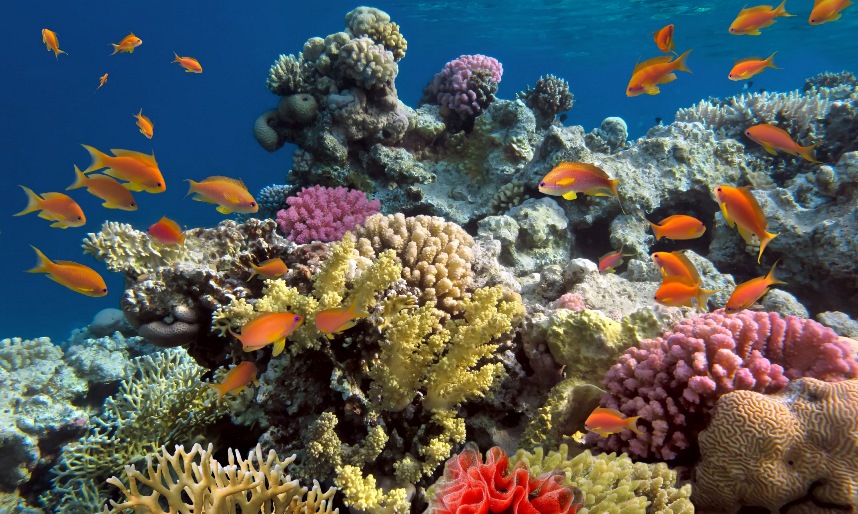In 1966, an ecologist at the University of Washington named Robert Paine removed all the ochre starfish from a short stretch of Pacific shoreline on Washington’s Olympic Peninsula.
The absence of the predator had a dramatic effect on its ecosystem. In less than a year, a diverse tidal environment collapsed into a monoculture of mussels because the starfish was no longer around to eat them.
By keeping mussel numbers down, the starfish had allowed many other species to thrive, from seaweed to sponges. Paine’s research led to the well-known concept of keystone species: The idea that some species in an ecosystem have prevailing traits — in this case preying on mussels — whose importance is far greater than the dominant traits of other species in that ecosystem.
Now, a half-century later, researchers are taking the study of traits much farther, with some scientists concluding that understanding the function of species can tell us more about ecosystems than knowing which species are present — a concept known as functional diversity.
This idea is not merely academic, as scientists say that understanding functional diversity can play an important role in shaping conservation programs to enhance biodiversity and preserve or restore ecosystems.
“The trait perspective is very powerful,” says Jonathan Lefcheck, a researcher at the Bigelow Marine Lab in East Boothbay, Maine who studies functional diversity in marine environments. “Some species in an ecosystem are redundant, and some species are very powerful.”
Understanding traits also can enhance ecosystem restoration projects. While building a new oyster aquaculture fishery can provide a commercial harvest, “we also know that oysters provide a lot of other services,” says Lefcheck.
“They filter the water. They provide nooks and crannies for small fish and invertebrates to live in, and they are fish food for the tasty things we like to catch and to put on the dinner table. Where is the optimum placement of this restoration to enhance the variety of services we get from the oysters beyond just having the reefs there?”, he continued.
The benefits of understanding functional diversity can go well beyond ecosystem restoration.
Photo of coral reef in Red Sea via Adobe Stock.


